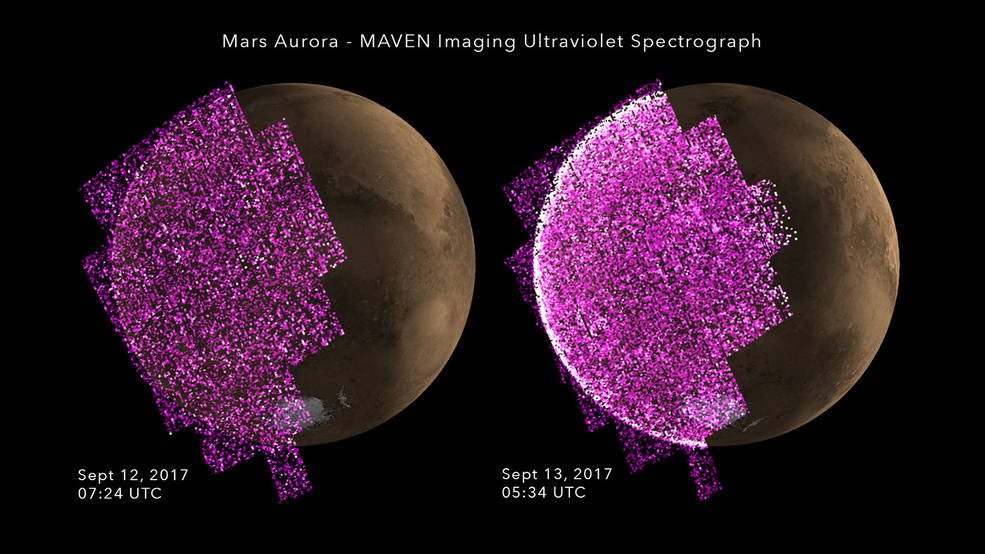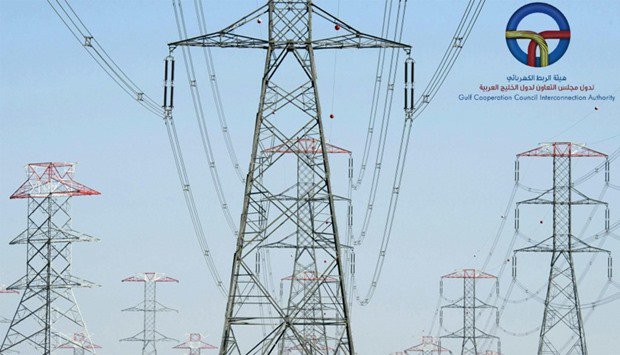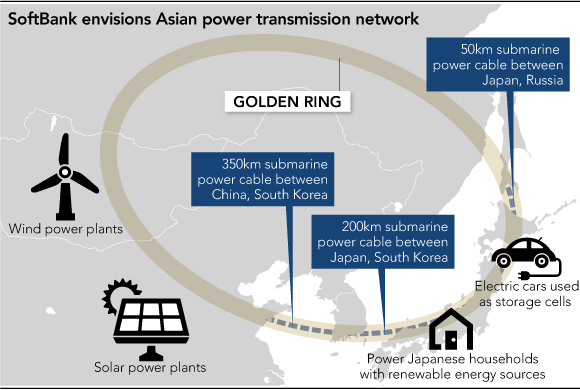A coronal mass ejection (CME) is a cloud of solar material + magnetic fields. They can spark #aurora.
STEREO's coronagraph shows two CMEs on Sept. 9 & 10. The 2nd was once of the fastest CMEs ever recorded!


Get real-time email alerts when new unrolls are available from this author!
Twitter may remove this content at anytime, convert it as a PDF, save and print for later use!

1) Follow Thread Reader App on Twitter so you can easily mention us!
2) Go to a Twitter thread (series of Tweets by the same owner) and mention us with a keyword "unroll"
@threadreaderapp unroll
You can practice here first or read more on our help page!



